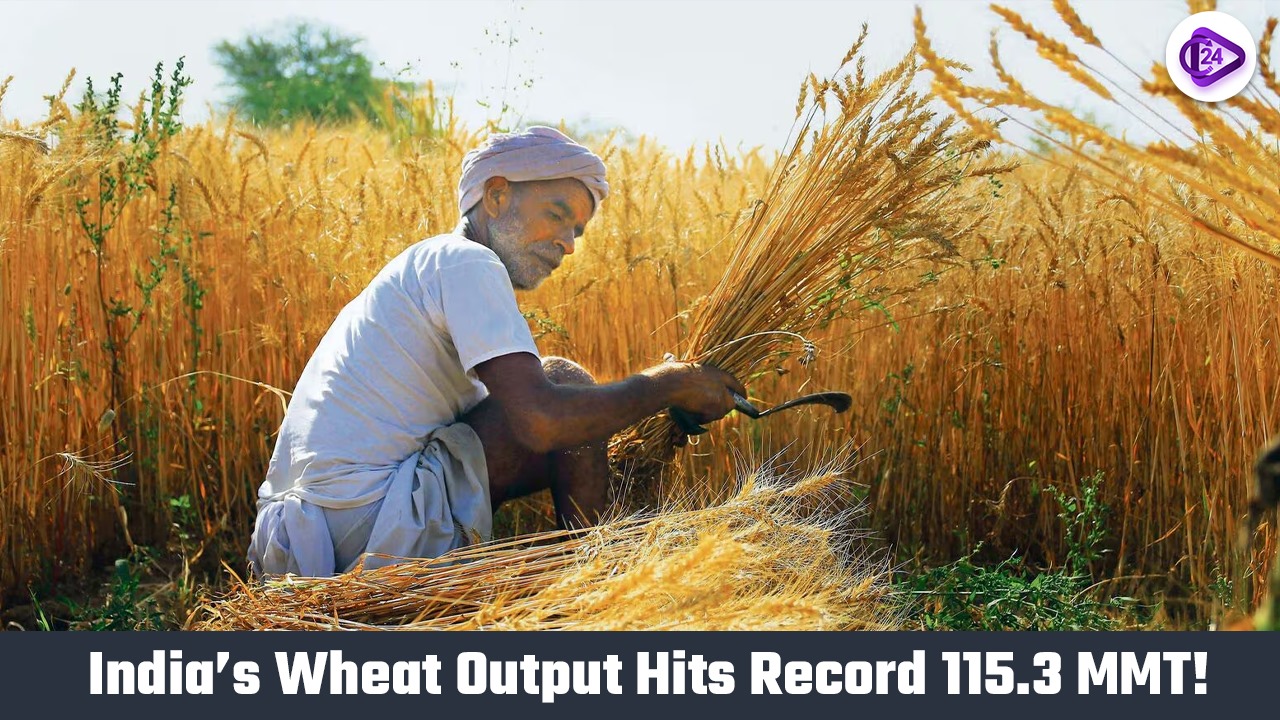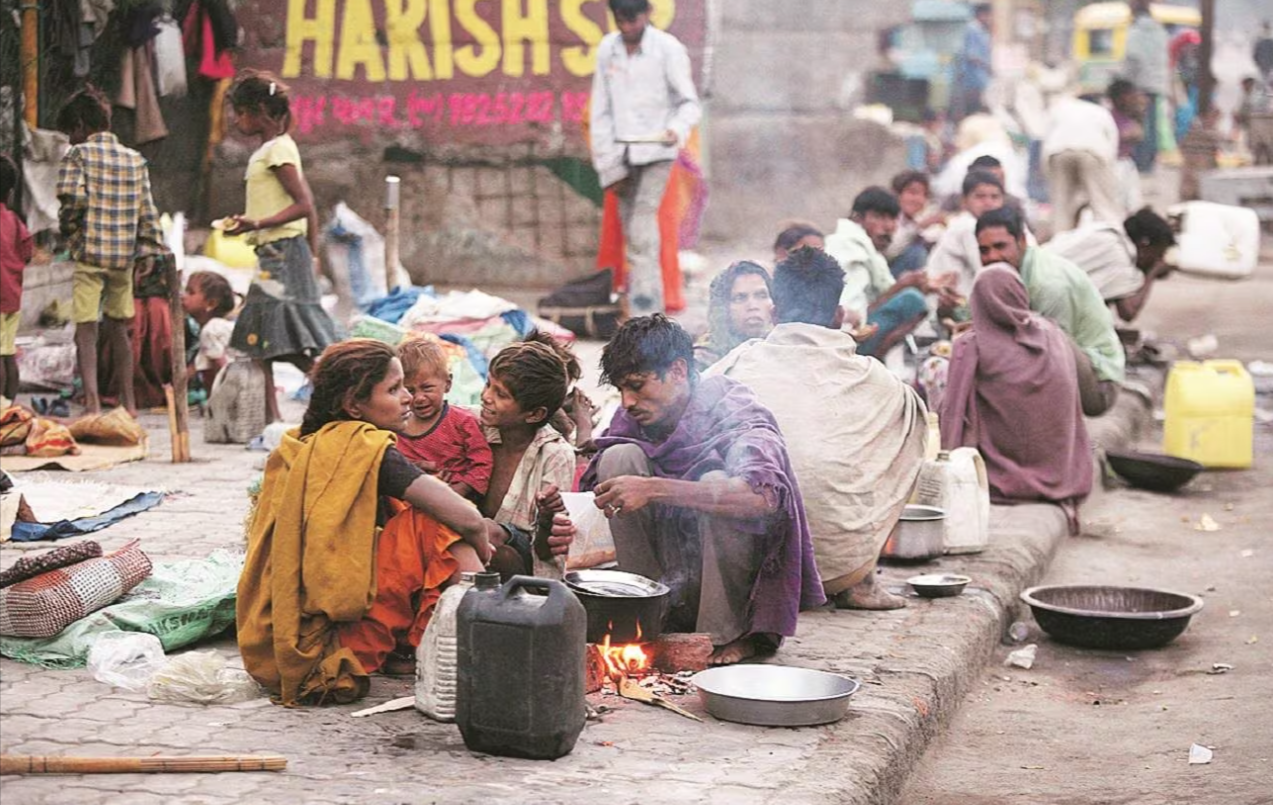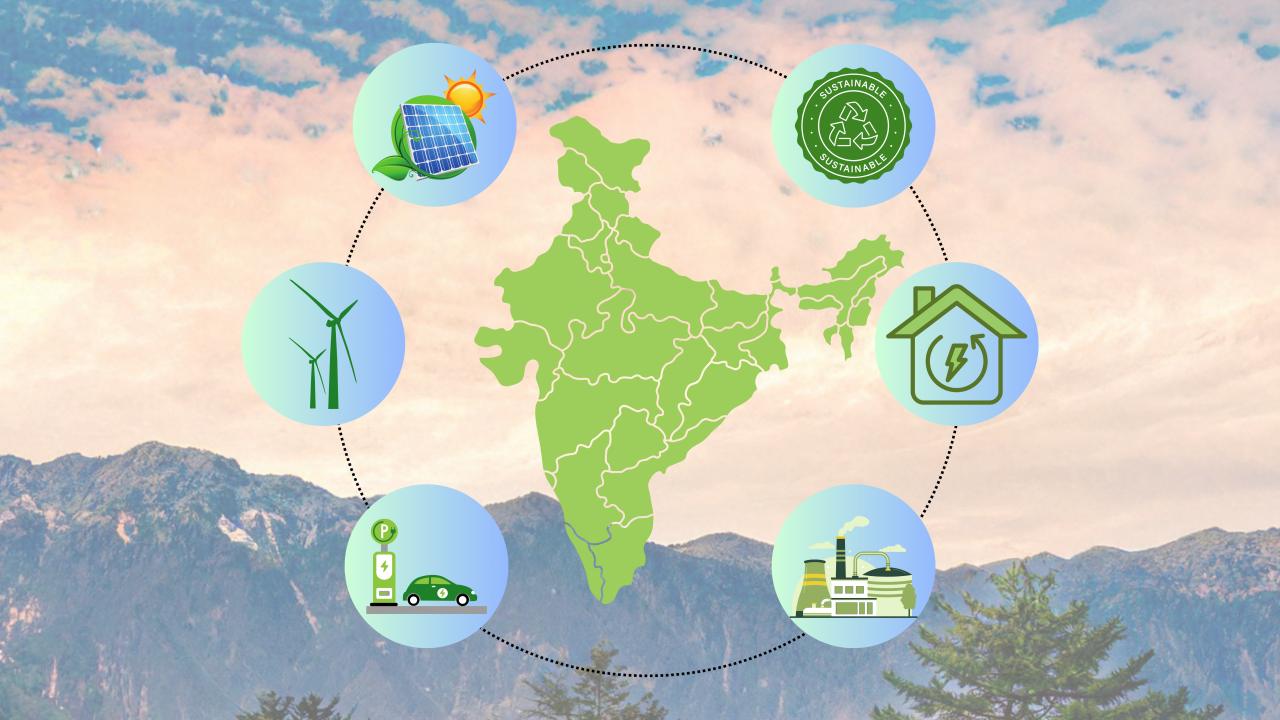
The wheat stock in the central pool exceeded the April 1 buffer norm of 7.46 million tonnes with 14.41 million tonnes at the beginning of March. The Ministry of Agriculture and Farmers’ Welfare reports through its Second Advance Estimates that wheat production exceeded all previous records by reaching 115.3 million metric tonnes during 2024-25 whereas 2023-24 witnessed 113.3 million metric tonnes.
The wheat production levels for 2022-23 amounted to 110.05 million tonnes while the 2021-22 year delivered 107.7 million tonnes. Indian authorities established a target of 31 million tonnes wheat procurement for the upcoming Rabi marketing season (2025-26).
Production Trends and Government Targets
-
Production forecasts for the 2024-25 wheat season establish India as a premier global wheat producing nation through new all-time high output numbers.
-
Wheat procurement by the government exceeded 26.6 million tonnes while the annual target oscillated between 30-32 million tonnes for this current period.
-
For the Rabi Marketing Season (RMS) 2025-26 the Indian government has established an MSP of Rs 2,425 per quintal for wheat as an increase of 6.59% compared to the previous RMS 2024-25 price of Rs 2,275 per quintal.
India’s Wheat Production Data (2021-2025)
|
Year |
Wheat Production (Million Metric Tonnes) |
MSP (Rs/Quintal) |
|
2021-22 |
107.7 |
|
|
2022-23 |
110.05 |
|
|
2023-24 |
113.3 |
2,275 |
|
2024-25 |
115.3 (Estimated) |
2,425 |
About Wheat: Climatic and Soil Conditions
-
Wheat cultivation occurs as a Rabi Crop within the September-December planting period before wheat farmers gather their harvest during February-May.
-
The temperate wheat plant needs cool temperatures along with medium annual rainfall to thrive.
-
For successful wheat cultivation growers need 75 cm of rainfall while more than 100 cm becomes excessive.
-
The crop grows best in alluvial and clay loam soils that remain drain well and possess high fertility together.
Major wheat-growing regions include:
-
Central and Southern Peninsular Region: Karnataka, Maharashtra, Andhra Pradesh, Madhya Pradesh, and West Bengal (Sowing: Sep-Oct, Harvesting: Jan-Feb)
-
Northern and Northwestern Plains: Bihar, Uttar Pradesh, Punjab, Haryana, Rajasthan (Sowing: Oct-Nov, Harvesting: Feb-Mar)
-
Himalayan Region: Himachal Pradesh, Jammu and Kashmir (Sowing: Nov-Dec, Harvesting: Apr-May).
-
The most premium wheat variety in India bears the name durum wheat though it is additionally known by pasta wheat and macaroni wheat.
|
1. |
Uttar Pradesh |
|
2. |
Madhya Pradesh |
|
3. |
Punjab |
|
4. |
Haryana |
|
5. |
Rajasthan |
India’s Wheat Production vs Global Leaders
-
Wheat production in India takes the position of second largest worldwide behind China.
-
About 3.37 tonnes of wheat can be produced from each hectare of land that India owns whereas other leading wheat-producing nations reach:
-
France: 6.84 tonnes per hectare
-
Germany: 6.67 tonnes per hectare
-
China: 5.42 tonnes per hectare
Challenges and Measures for Improved Wheat Production
-
Challenges:
-
Declining soil fertility
-
irrigation dependency
-
pest attacks
-
climate fluctuations.
-
-
Measures for Enhancement:
-
Improved seed quality
-
Efficient fertilization
-
Enhanced irrigation techniques (e.g., micro-irrigation in dry areas)
-
Pest and disease control
-
Significance of Wheat in India
-
Wheat stands as the second fundamental staple food in India behind rice while serving mainly the northern and northwestern states.
-
Numerous Indian agricultural workers depend on wheat cultivation for their sustainable living.
-
The establishment of Food Security through wheat production makes India more self-sufficient in grain production while guarding against food stability.
-
India owns opportunities to enhance its wheat export volume which will increase foreign currency reserves because of its surplus wheat output.
Conclusion
The projections for 2024-25 wheat production in India have set new records as the country's wheat production status continues to enhance global leadership and supports national food security together with economic stability.



 PM Modi Declares Successful Production of India’s First Chip at a Semiconductor Factory in the North
PM Modi Declares Successful Production of India’s First Chip at a Semiconductor Factory in the North In FY25, net FDI fell sharply by 96%, despite a strong year for total investment inflows.
In FY25, net FDI fell sharply by 96%, despite a strong year for total investment inflows. IMF Approves $1 Billion Loan to Pakistan in the Face of Concerns over Terrorism Funding by India
IMF Approves $1 Billion Loan to Pakistan in the Face of Concerns over Terrorism Funding by India India remains the 4th largest Economy globally, predicted by the IMF
India remains the 4th largest Economy globally, predicted by the IMF India’s Triumph in Combating Poverty: 171 Million Lifted from Extreme Poverty
India’s Triumph in Combating Poverty: 171 Million Lifted from Extreme Poverty Stalin Launches Kalaignar Kaivinai Thittam as an Alternative to PM Vishwakarma Scheme
Stalin Launches Kalaignar Kaivinai Thittam as an Alternative to PM Vishwakarma Scheme Unlocking India’s $25 Billion Export Potential in Hand and Power Tools Sector: NITI Aayog’s Strategi
Unlocking India’s $25 Billion Export Potential in Hand and Power Tools Sector: NITI Aayog’s Strategi Synergising Hydrogen Generation and Electricity Storage: A Pathway to India’s Net-Zero Future
Synergising Hydrogen Generation and Electricity Storage: A Pathway to India’s Net-Zero Future How Make in India is Transforming India's Global Pharmaceutical Footprint
How Make in India is Transforming India's Global Pharmaceutical Footprint The Radical and Enduring Legacy of Shivaji Maharaj – A Pioneer of Governance and Military Strategy
The Radical and Enduring Legacy of Shivaji Maharaj – A Pioneer of Governance and Military Strategy






